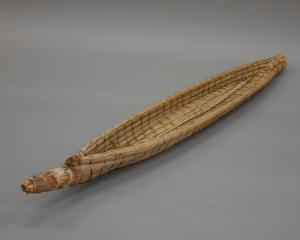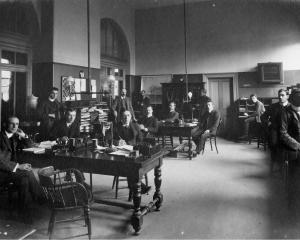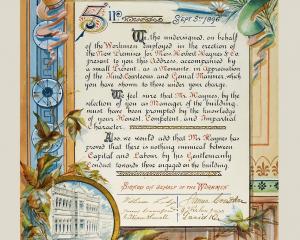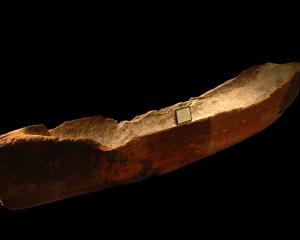

Visitors to Tūhura Otago Museum often ask to see "the butterflies" or "the butterfly museum". Everyone on staff understands that means going to the Tropical Forest exhibit, where you can see living butterflies imported from Costa Rica and the Philippines, but the glorious diversity of butterflies is also on display in the Animal Attic. In fact, there are five whole cases of butterflies and moths up there, with specimens from India, Britain, Java, South America and Africa.
I was curious about why those locations were featured but quickly realised that a gallery inspired by the Victorian era would reflect the collecting patterns and activities of that time.
These days, both national and international laws regulate the trade and collection of animals, protecting species from poaching, trafficking, and the introduction of pathogens or parasites. Much of that legal framework, including the United Nations Convention on International Trade in Endangered Species, only came into force from the mid to late 20th century, so trade was largely unregulated before that time. European settlers were thus able to acquire animal souvenirs from the countries they visited on their way to New Zealand. Beautiful, light-weight butterflies and moths were a popular choice and ultimately made their way into many a private parlour and museum, including this one.
The first donation of insects to Otago Museum was a collection of butterflies, moths, and other insects from India, made by John Arthur Brown in March 1869. The museum’s assemblage of Indian butterflies was then further augmented by Percy Fulton, who made large donations in 1884 and 1888. From archival records, we know that a branch of the Fulton family moved from Ireland to India, serving as soldiers and judges. Several members of the family, including Percy, subsequently immigrated to New Zealand in the 19th century, bringing their butterflies with them. Along with the collection of African and British butterflies the Fultons later gifted, these early donations reflect the museum’s historical links to colonial settlement routes.
I would love to know more about the origins of our oldest insects, but many of the specimens displayed in the Animal Attic just have a catalogue number and a label that states "India" or "Africa".
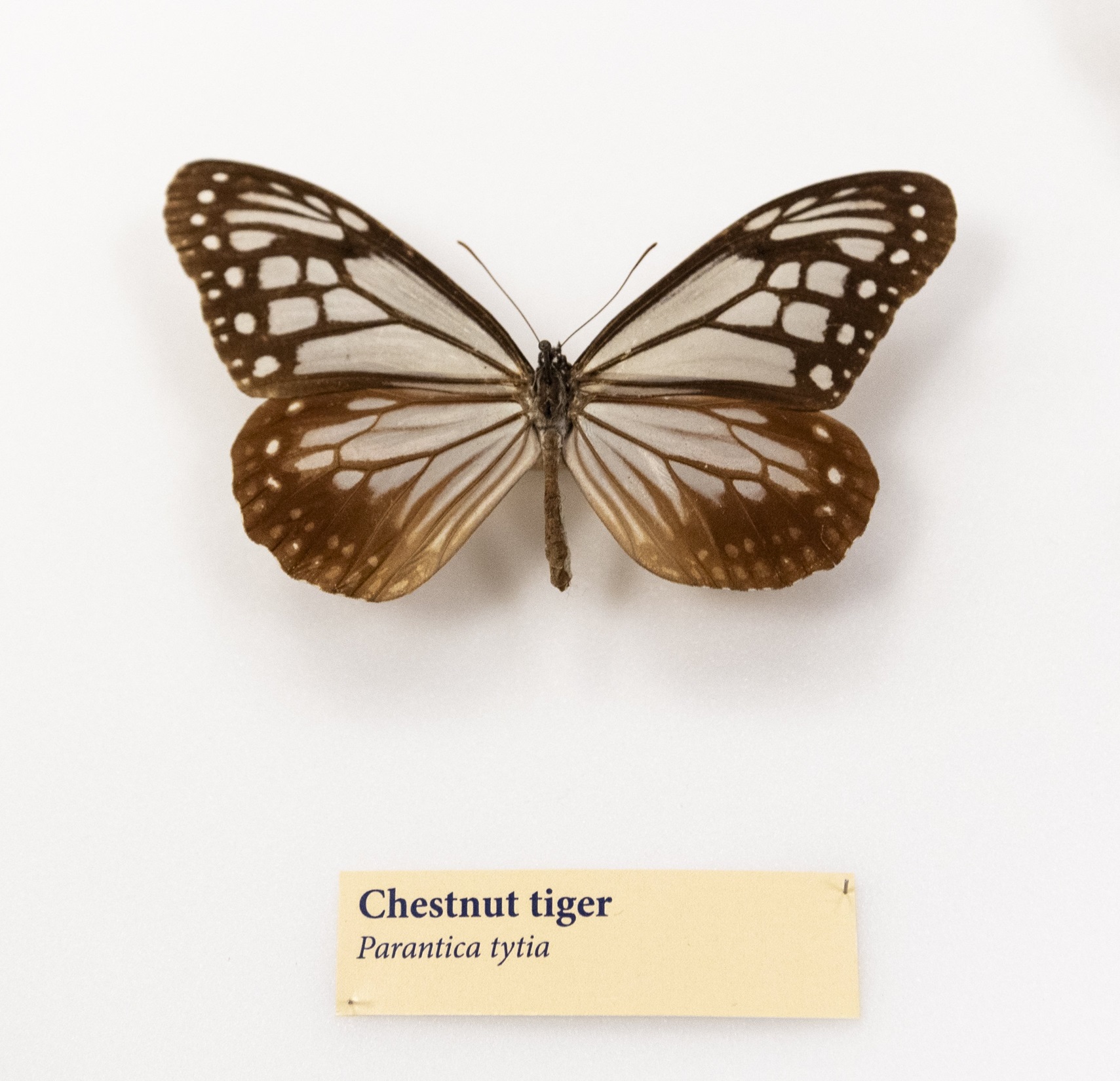
This is an ongoing project — Tūhura has more than 100,000 butterfly and moth specimens in its storage room, most of them collected in New Zealand. It is actually one of this country’s most significant Lepidoptera collections, so we truly are a "butterfly museum". But we are also so much more.
Some of my favourite insect specimens from around the world are on display just next to the butterflies in the Animal Attic. There is a Goliath beetle from Africa, a colossal stick insect from Fiji (once thought to be the largest species of stick insect on Earth), and several New Zealand velvet worms/ngāokeoke — voracious nocturnal predators that immobilise bugs with glue before sucking out their insides. They are also deceptively cute and in a phylum of their own (Onychophora).
You can learn more about butterflies and other insects in our Tropical Forest, and in these galleries: Southern Land, Southern People; Nature; and the Animal Attic.
Pick an insect case at random and see what you stumble across.
On Lee Lau is natural science collections technician at Tūhura Otago Museum.


